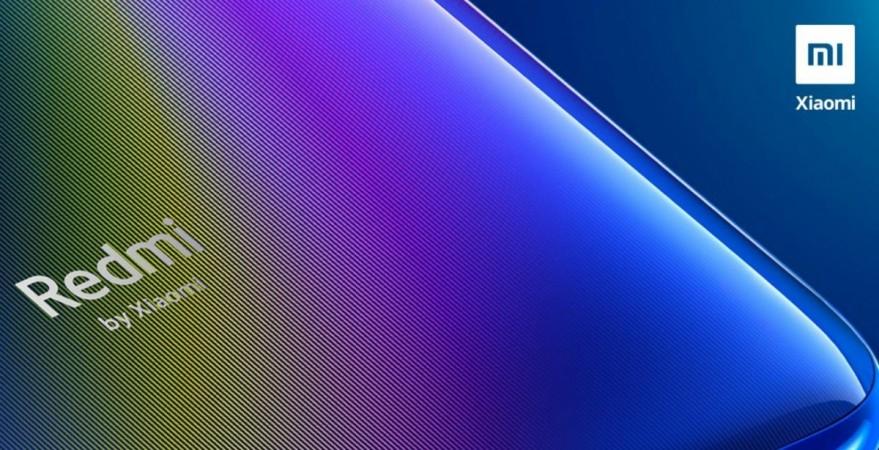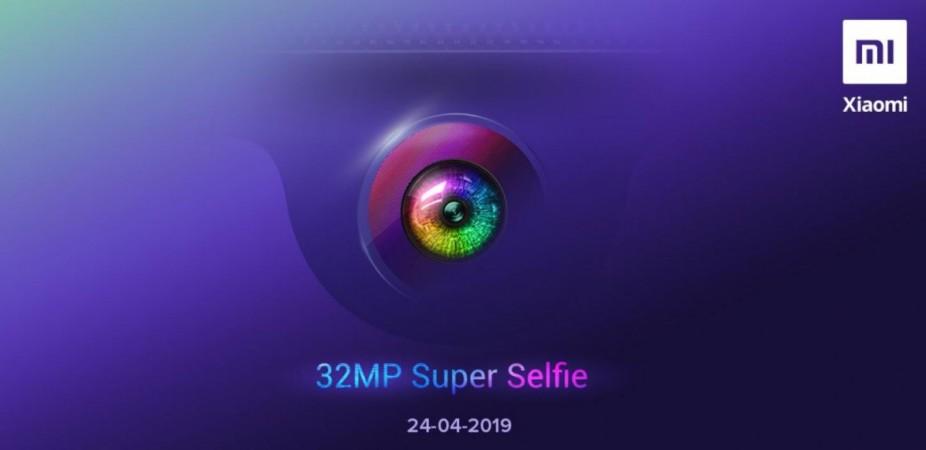Having garnered huge response for the Redmi Note 7 series, Xiaomi is all set to bring the all-new Redmi Y3 series in India next week on April 24.
Now, the company in a bid to drum up excitement among fans has teased a couple of key features coming in the new Redmi Y3 phone. In the newly tweeted message, Xiaomi has confirmed that the new phone will have 4,000mAh, that's 33-percent more than its predecessor, which by the way had 3,000mAh cell.

This is welcome upgrade, as the Redmi Y3 will be able to serve the owner easily for a whole day mixed usage and if it comes with a good processor, it can last longer and be able long video viewing experience and also watch entire IPL match live on the phone and have still more juice left before you can finally retire for the day.
In another teaser, Xiaomi has hinted that the Redmi Y3 will come with aura design language on the back and it looks gorgeous with different vivid colours pop-up when viewed in a different angle.

As far as other details are concerned, Xiaomi Redmi Y3 is confirmed to house a 32MP selfie camera, expected to come with a dot-notch display with most probably HD+ resolution and 2Pi water splash resistant coating similar to the Redmi Note 7 series. On the back, it is said to sport a dual-camera and a fingerprint sensor.
The Redmi Y2 (review) successor will most probably run Android Pie-based MIUI 10 OS and come in 3GB RAM + 32GB storage and 4GB RAM+ 64GB storage variants.
As far as pricing is concerned, Xiaomi Redmi Y3 is likely to cost less than Rs 10,000.
In a related development, Xiaomi has announced that the company has sold more than 7 million units of Redmi Y since its conception in 2017 and going by the expected specifications and teased features, the Redmi Y3 is expected to help Xiaomi to push the sale to 10 million by the end of 2019 or early 2020.

















